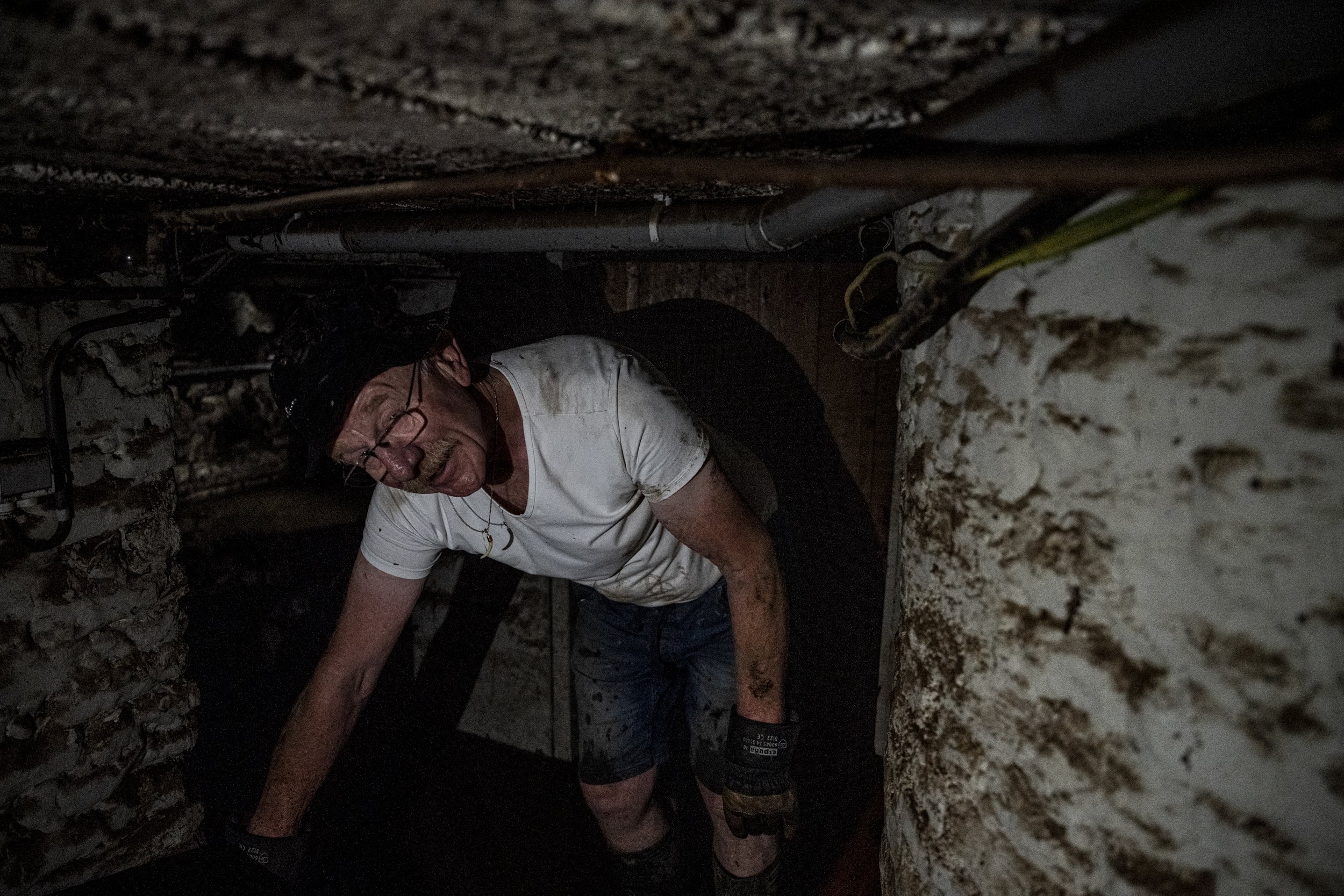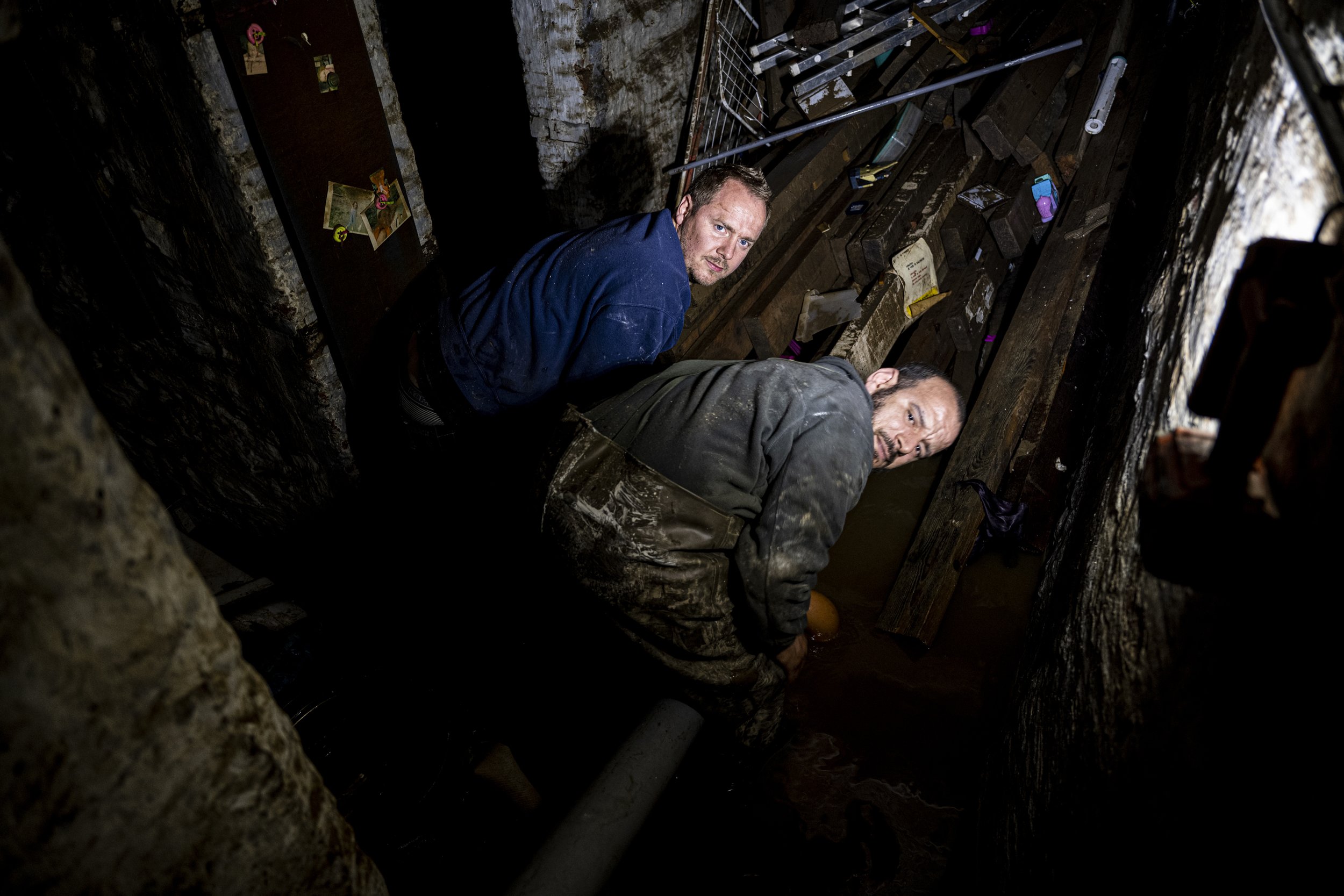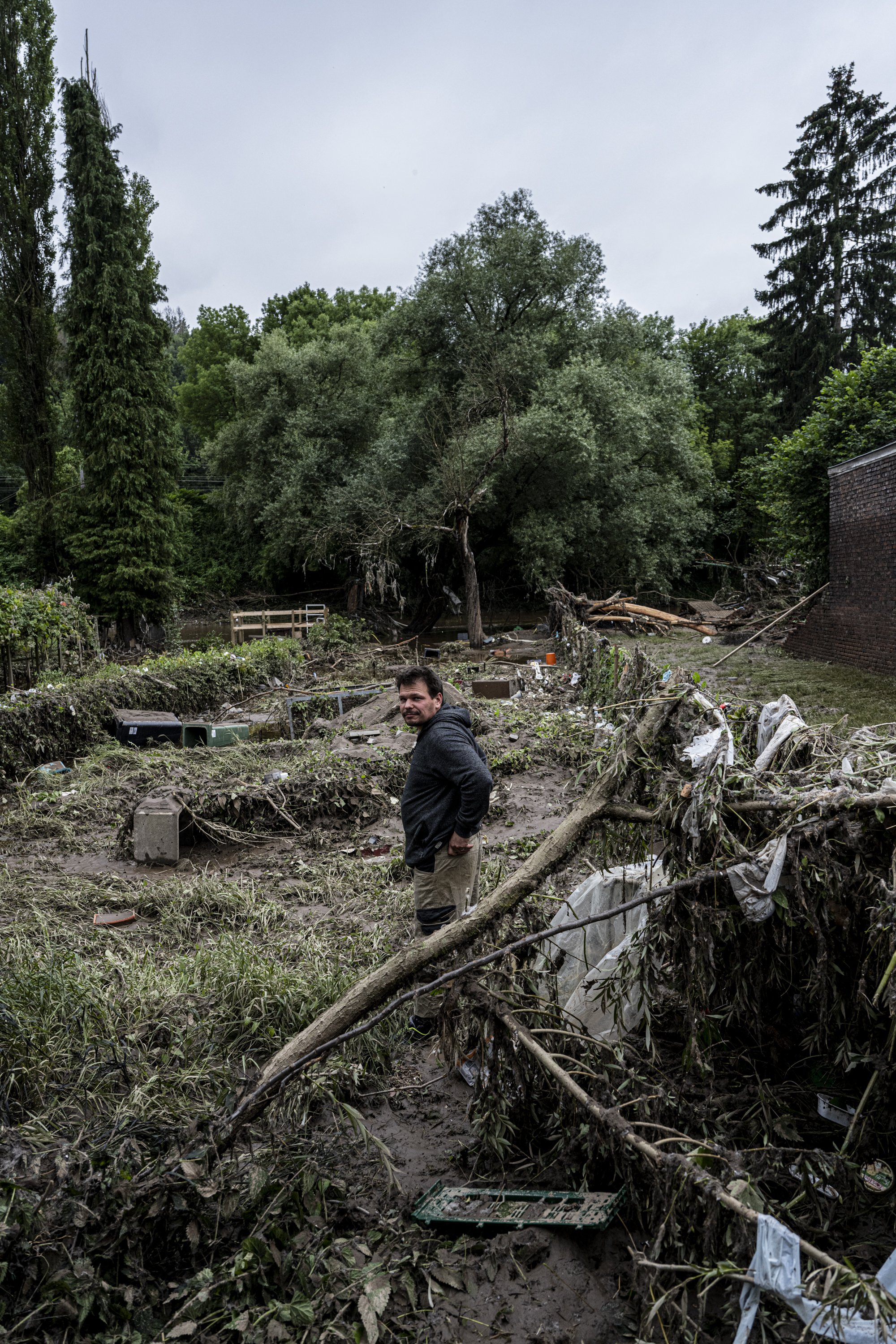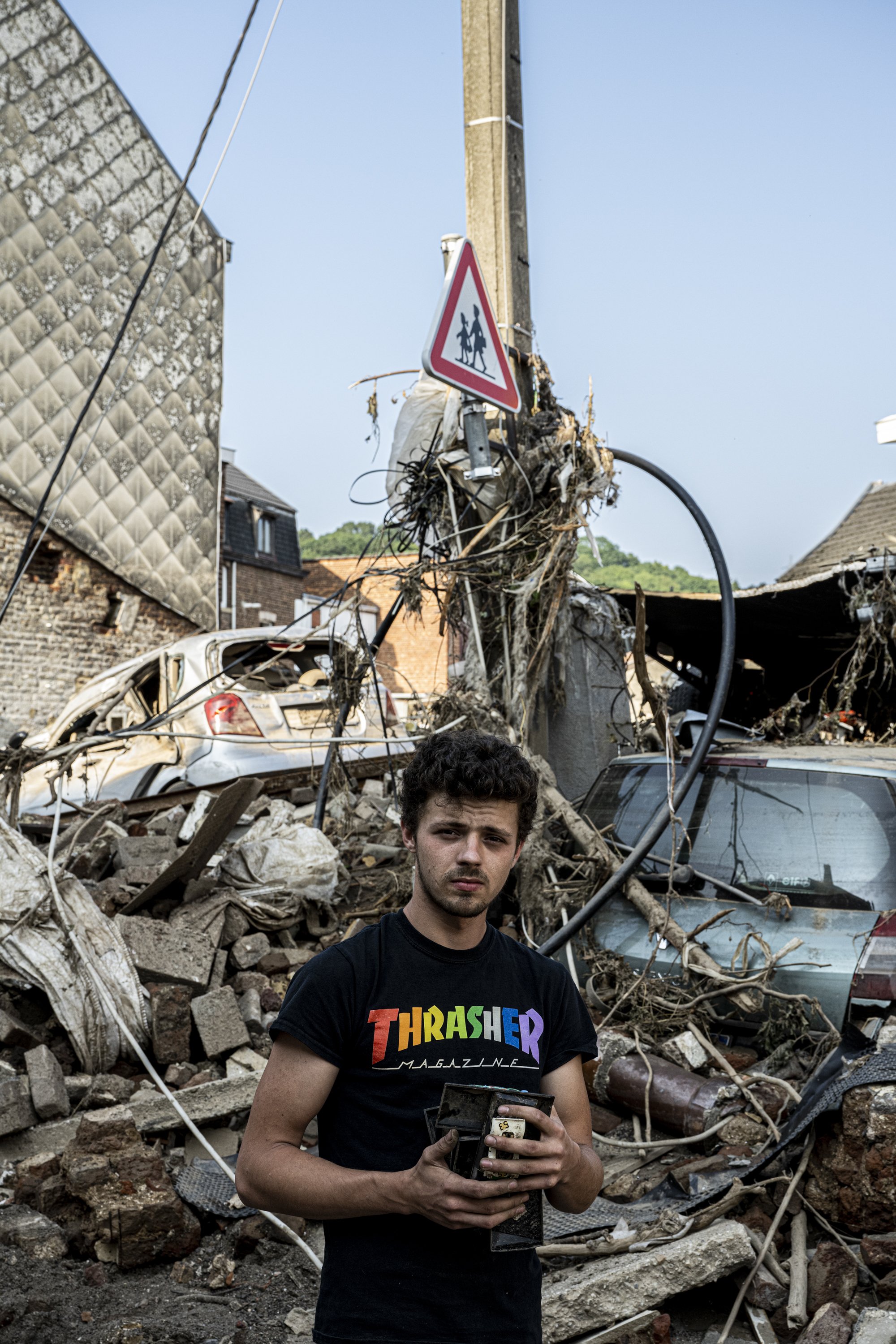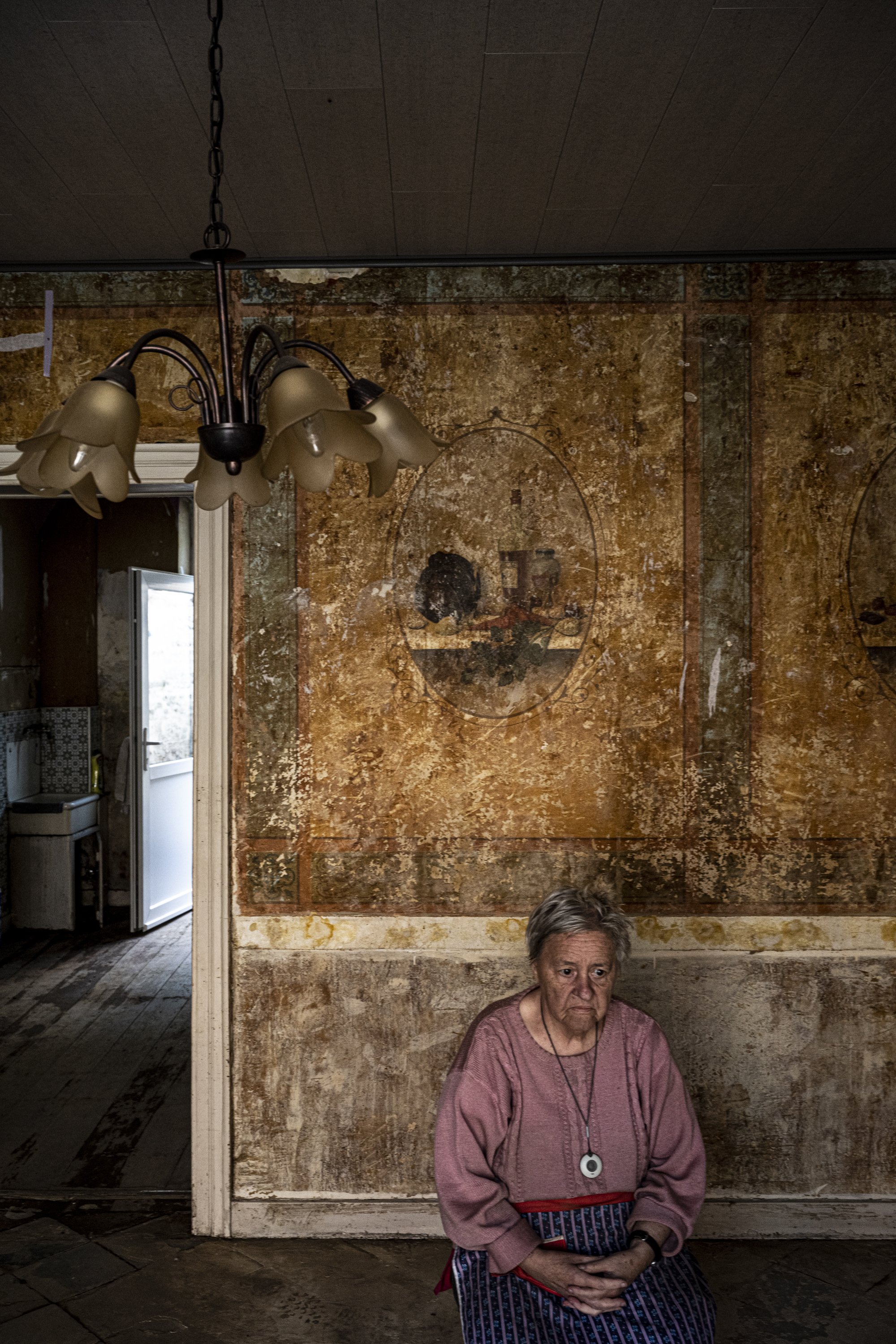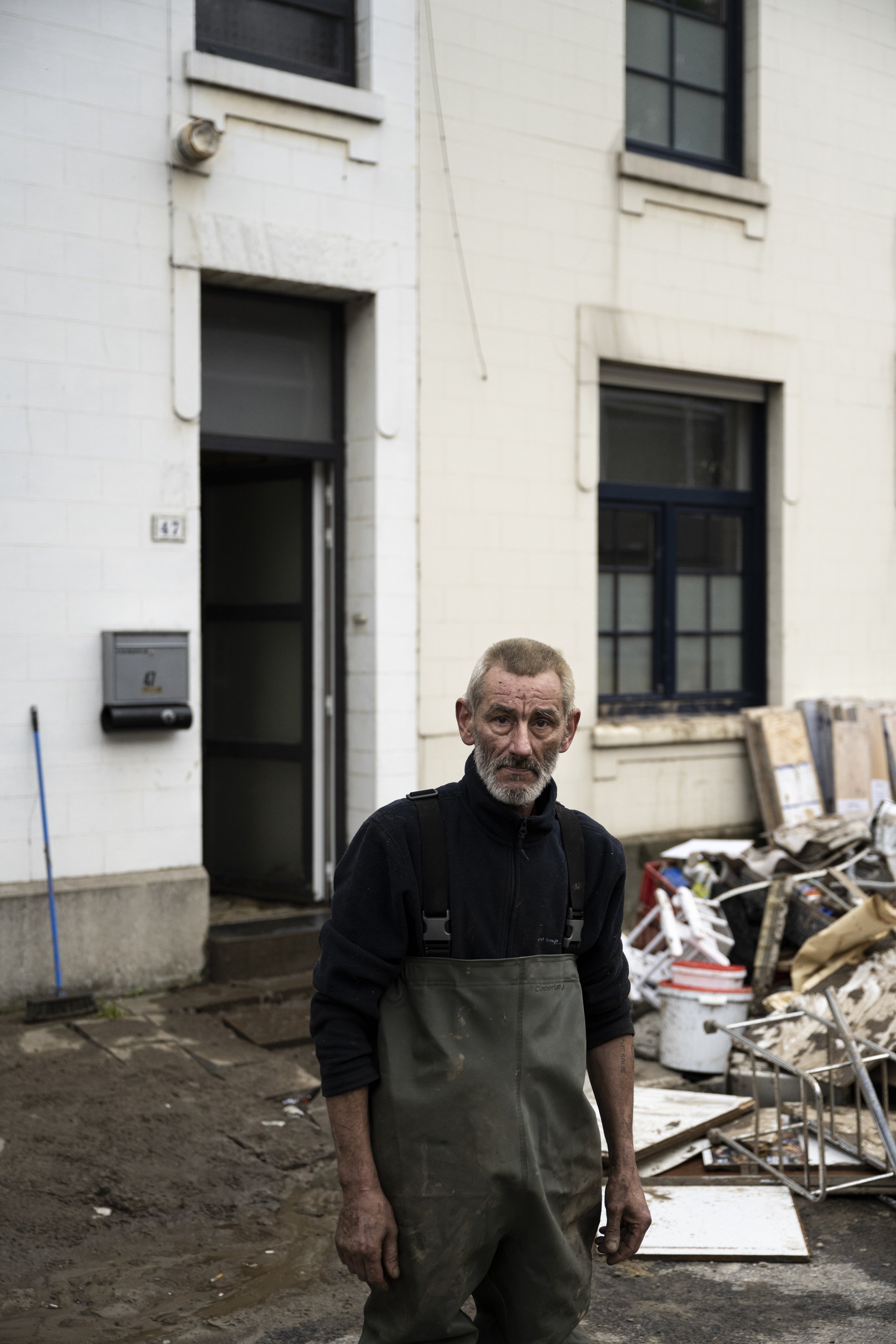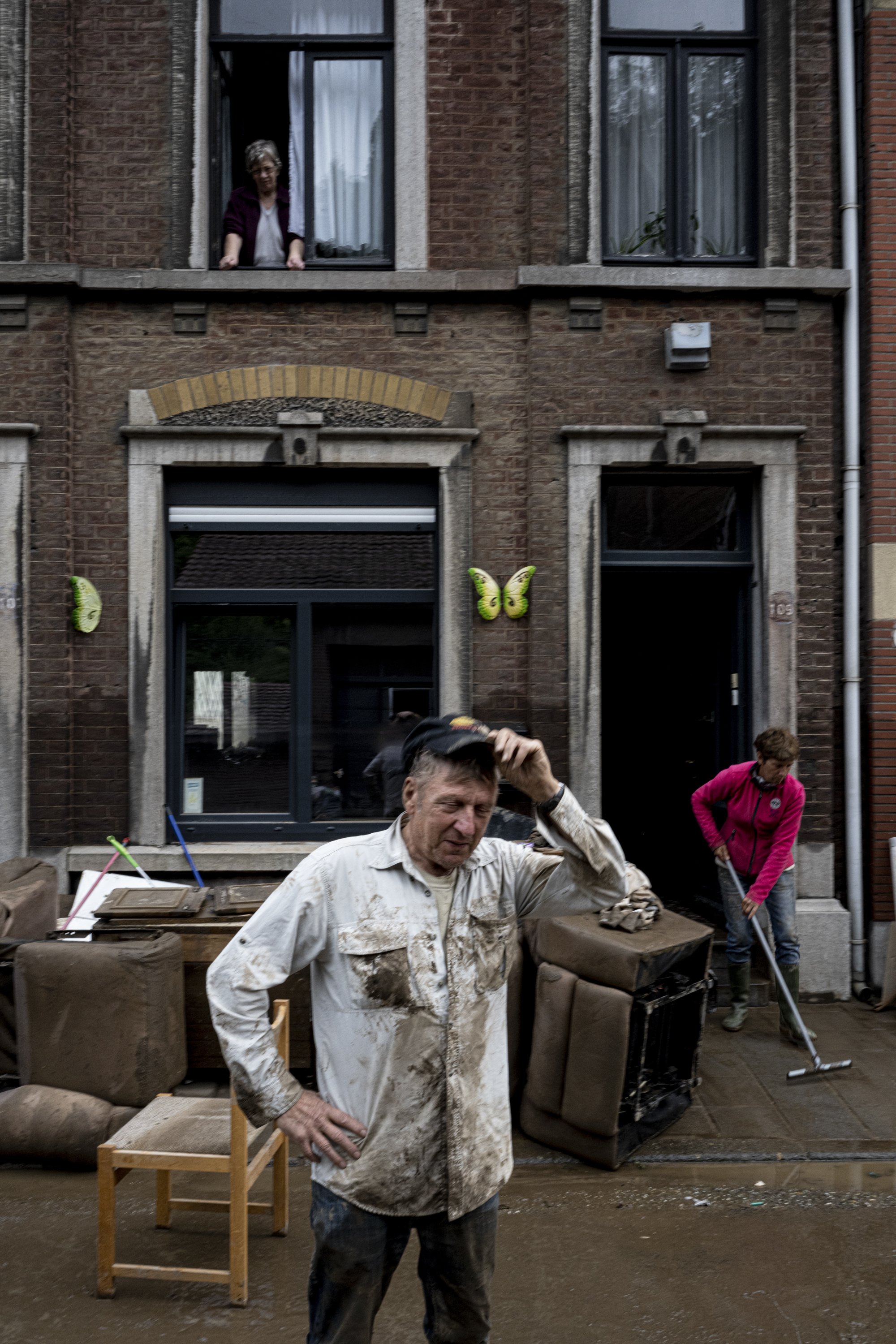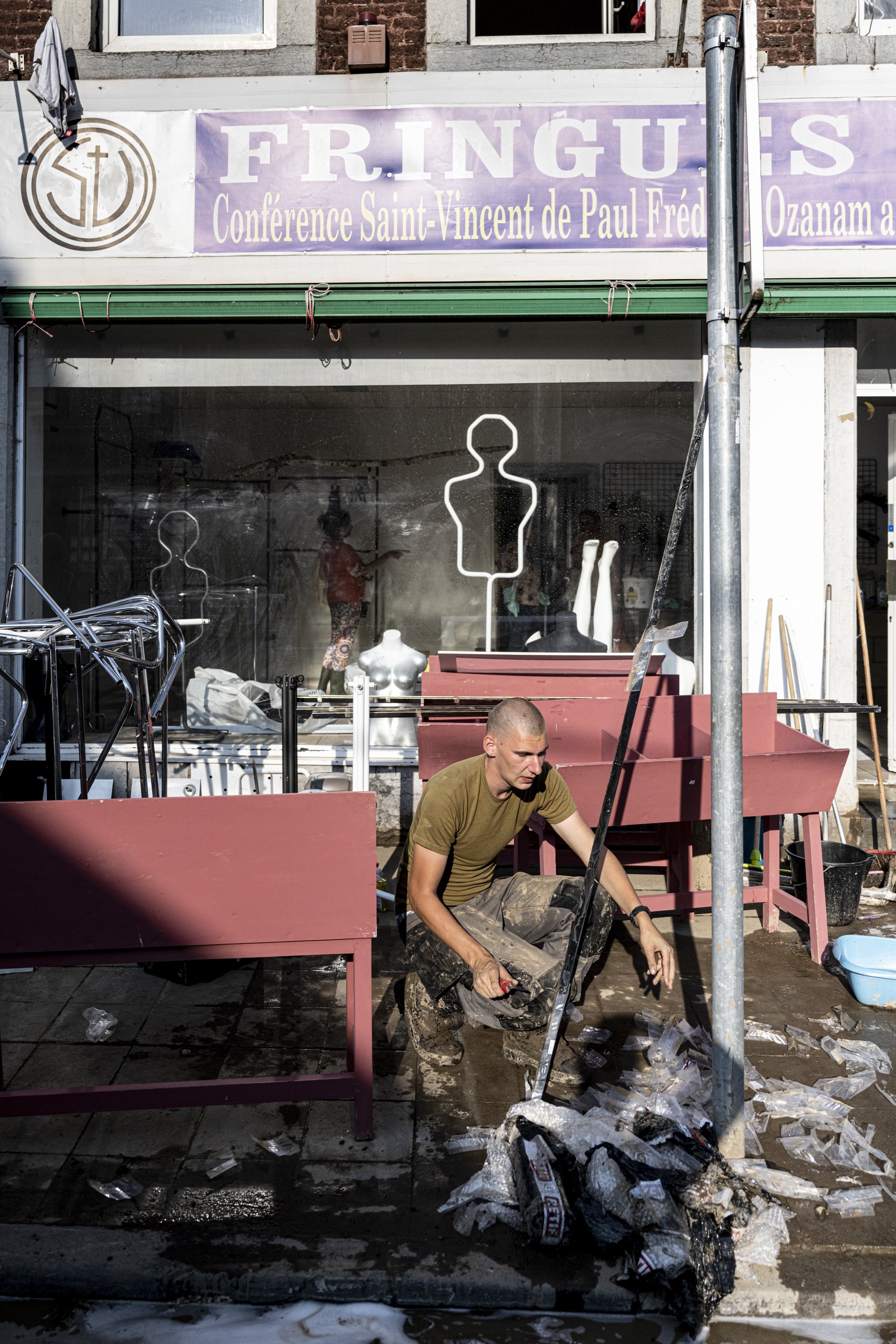What's climate change in Belgium ?
I had just returned from a trip abroad, and was repairing part of my roof as an intense rain fell on my house. I knew that the province of Liege was dramatically flooded. The editorial staff of the Standaard called me: Seb! Go there! Send your drone. The tone was set.
The 2021 floods in Belgium are part of a series of floods that have affected Western Europe since July 13. In Belgium, the provinces of Hainaut, Namur, Liège, Luxembourg, Walloon Brabant, Limburg and the Brussels-Capital Region are affected. In addition to significant material damage, 38 victims lost their lives during these floods and one person is still missing after more than two months.
Two weeks after this natural disaster, the most deadly in the country's history, the Walloon Government recognized the floods of July 14, 15 and 16 as a natural disaster in 209 municipalities
As soon as I arrived I found a safe place from where I could take off. The city was devastated, I had like many people there the feeling to be in a war zone.
Here, it is necessary to be very careful. Photographing and filming with a drone is a sensitive task. I can't talk to people directly, I don't have direct eye contact with them, sense their feelings. I look at a screen that transmits me a live image and the drone always triggers mistrust from people. It's very understandable. But here I have to synthesize the situation to inform, to testify. So I fly with respect and care.
The footage can be seen on the newspaper page here
At the bottom right you can see a dark area on the wall, it is the water mark. The water has risen 4 meters from the base of the Vesdre. Sometimes up to 2m80 in people's houses.
The power of the torrent swept everything away. Human lives, material goods, trees, everything was torn away.
I walk back to the field. I pass a Police roadblock, I cross rescue units coming from Austria by boat in the streets. Dutch-speaking policemen, French-speaking ones. It's a total logistical mess. While I was not able to photograph the flood, even when the water level is low, entire streets are still under water and buildings are threatening to collapse.
Most of the victims are shocked, some are still shaking. They are already trying to contact insurance companies or relatives. I am being checked again, to make sure I am not one of the many people who came for shock tourism. But once again, I am on assignment for my newspaper.
Everywhere I look I see Belgians working. We walk in stinking water, everything is mixed up because the oil tanks have been pierced, cars have been moved and turned over. Everything stinks of gasoline, humidity, shit, rot, slime. Tree trunks sometimes block the streets and bridges are weakened
In front of the houses, the farmers' tractors are the first to come and help to clear away. Tanks were brought in to pump water out of the cellars and evacuate entire floors. Strangers from all over the country come to lend a hand. Dutch speaking scouts, French, Germans, many people came of their own free will.
In the small cellars of the workers' houses it is completely dark. I light with my phone to have a light support, or there is a lamp of building site to illuminate the situation.
Many of the people specified find themselves having to clear the mud with the help of neighbors, or friends. Sometimes alone. Retired people are left to their own resources, with no direct future perspectives. But none of them complained, all the victims explained that it could have been worse: they said they could have died.
I stopped for a few minutes. Looking at this surreal scene. A military helicopter was circling, probably trying to winch in a trapped victim, or trying to get an overall view of the disaster. Then in this dead silence, only the noise of the blades oscillated in the sky.
A lady just crossed the bridge in a devastated Pepinster
A few meters away, a man cleans his brushes and tools in the Vesdre. On the next picture, this is the situation in my back.
I go deeper, I see only arms through the windows that take out buckets of garbage, of mud. Groups of scouts in boots are in the cellars, the old living rooms. The piles of garbage are unimaginable.
In the course of my portraits I come across all kinds of people. An elderly woman tells me that she lost her husband a short time ago, and now her house. I can't even imagine the administrative management of the disaster, it doesn't make sense anymore. Further on a young boy comes to get some toys he found in the pile of rubble that was his house. A man in a wetsuit barely speaks. A family evacuates the mud. A gardener sees his warehouse ruined, as well as his garden. It's not too bad yet, he says as he stands in the garden for the photo.
Wallonia was already socio-economically on its knees, victim of a disastrous political management for more than 30 years and has never really recovered since the crisis. This disaster is a blow to the neck of an entire region. A ravaged middle class, the poorest barely supported and the region is still looking for money and solutions while the cranes continue to evacuate the waste.
As the newsroom continues to send me out into the field right now to follow-up on the situation, I hear all the victims complaining about the insurance companies. The inspectors ask for everything and its opposite: “don't evacuate anything, take pictures and wait”. While everything is rotting inside. On the other hand "take pictures and throw away". And then to the poorest we offer only a few pennies for a whole house, it is to take or to leave. No choice. Some owners are not insured, the region assures that it will help them.
To end on a positive note, I also read and hear that an unprecedented citizen generosity is also taking place.A lot of help is coming from the citizens of Flanders and elsewhere in the country, they are offering work to the victims, kitchens, furnitures, food and shelters. As a cold and rainy winter approaches, there is still hope and human warmth in the hands of the Belgian citizens.
A heart and children's drawings made with mud on the wall of a flooded house
Still for De Standaard I went back to film the extent of the damage in the long term. The ecological impact on and around the Vesdre, the reconstruction of the region and the testimonies of the victims, I went to the companies that are present in the valley and that were affected. I also photographed the hundreds of tons of waste that the floods have caused. I will write a new post about this.
Here is another backstage of my work, if you have any questions don't hesitate to write me, if you like this kind of article you can share it or talk about it around you. This helps me a lot
See you soon,
Sébastien Van Malleghem










